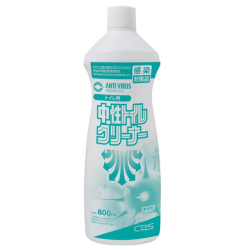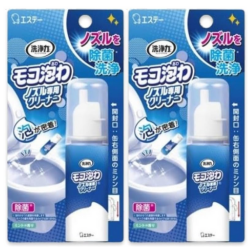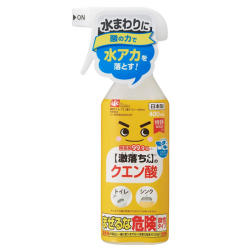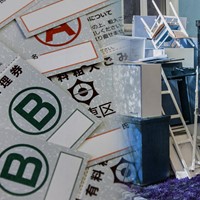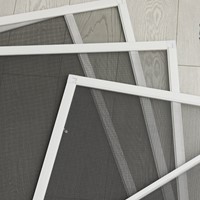Japanese Toilet Cleaning Tips: Effective Methods for a Spotless Washlet
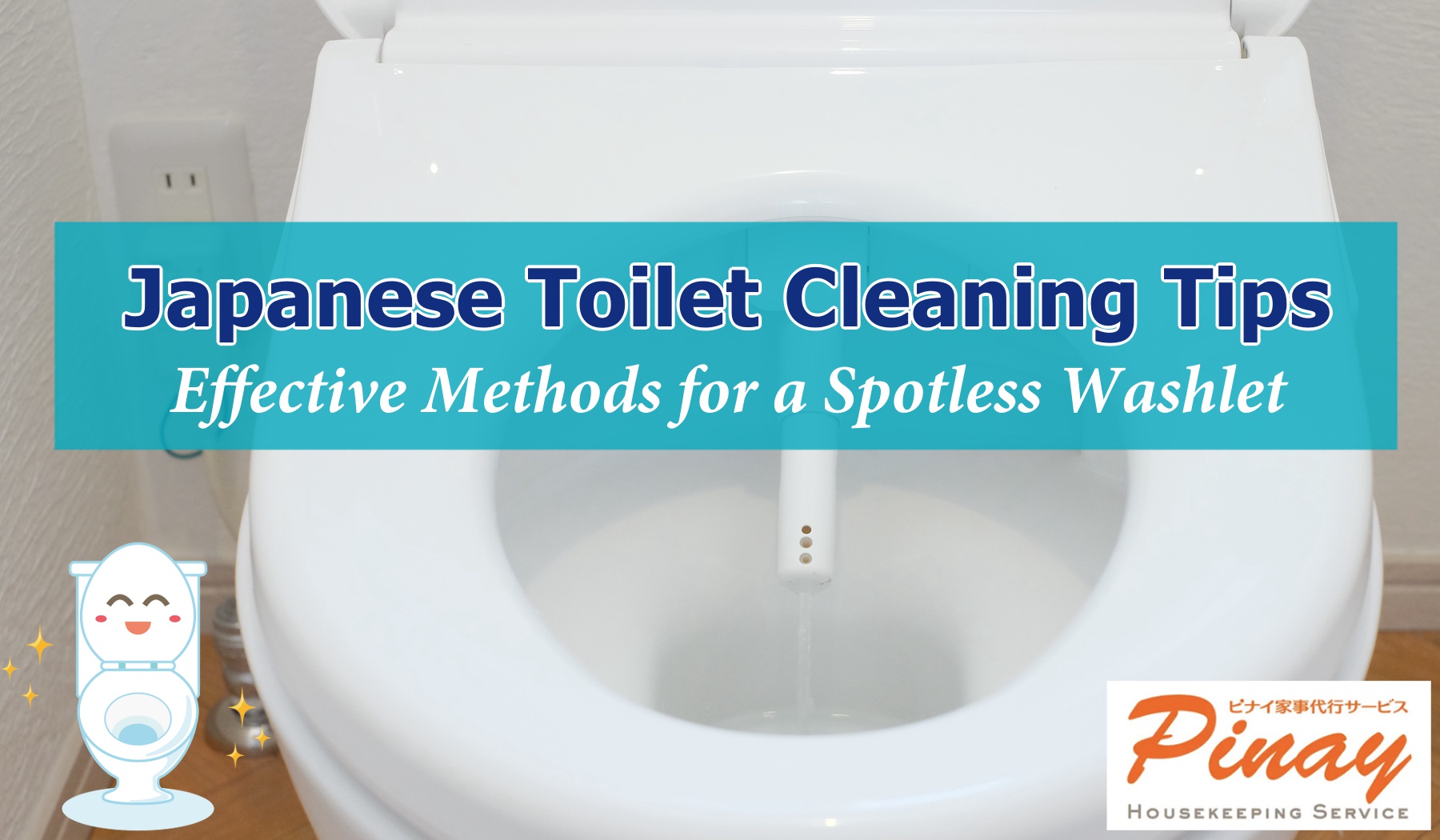
This page contains affiliate links.
This article is originally posted by PINAY Housekeepgin Service in Japanese, translated and added some text by Japan Living Guide.
It is quite common to notice dirt on the washlet (Japanese electric bidet toilet) while using the restroom. Some may find it challenging to keep it clean, leading to persistent dirt buildup. There are efficient ways to clean the bidet toilet seat. If you're struggling with a dirty washlet (Japanese electric bidet toilet), be sure to take a look at this article for reference. You can learn about cleaning methods and key points for cleaning Japanese toilet.
> How to use Japanese High-Tech Toilets
* If you are using a TOTO washlet, the cleaning instructions are provided in English. For your reference, here is the link to TOTO Washlet Cleaning Instructions.
Is the Washlet (Japanese Electric Bidet Toilet) Dirty?
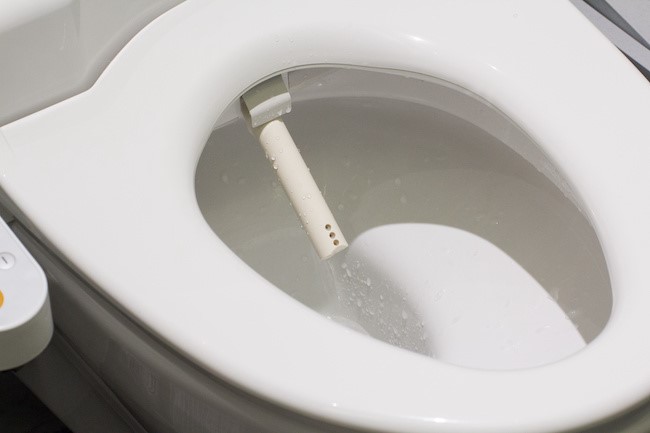
Before and after using the toilet, it automatically cleans the nozzle. This is called "self-cleaning," where the toilet cleans the nozzle to ensure clean water comes out of the bidet. However, despite the toilet cleaning the nozzle regularly, the bidet and its surrounding area may gradually accumulate dirt due to daily use. Therefore, regular cleaning is necessary to maintain cleanliness and prevent odor.
If you leave the bidet toilet seat dirty, it can lead to problems such as the nozzle or water not coming out. The reason the nozzle may stop coming out is due to blockage caused by dirt. Even if the nozzle comes out smoothly, it can be obstructed by dirt, making it unable to retract properly. The lack of water coming out from the nozzle can also be attributed to blockage.
Furthermore, such issues can escalate to malfunctions where the bidet stops responding, requiring the assistance of repair professionals. Additionally, leaving the bidet toilet seat dirty can contaminate the warm water tank. It is essential to address this before the water becomes contaminated, as it would then be directed onto the anal area.
It is crucial to take preventive measures before contamination occurs. With the proper cleaning methods, you can effectively address bidet toilet seat dirtiness.
How to Clean a Japanese Bidet Toilet (Washlet)
Cleaning the nozzle is surprisingly easy. While TOTO recommends cleaning it once a month, doing it once a week is also a good idea.
1. Pull out the nozzle
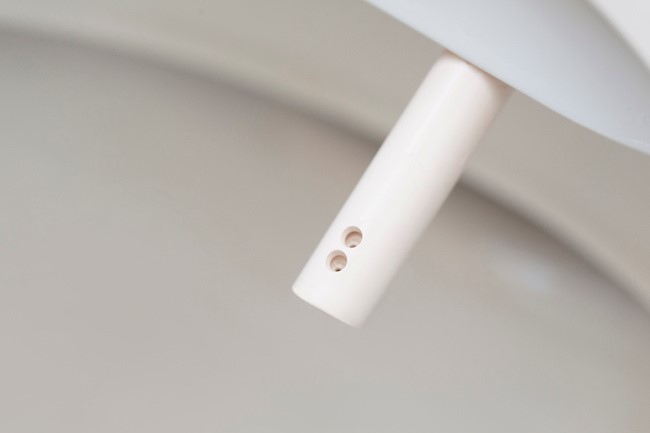
First, pull out the nozzle. If there is a button, press it. If not, try pulling out the nozzle by holding the tip. If you are having trouble pulling it out, check the instruction manual. Forcing it may cause damage. The key is to pull in the appropriate direction without exerting too much force.
2. Wipe off the nozzle dirt
Once the nozzle is out, wipe off the dirt. Use a toothbrush or cleaning wipes to remove the dirt. Avoid scrubbing too hard as it may cause damage.
For stubborn stains, it's recommended to use a neutral detergent. Spray it on and let it sit for a while. If you're uncomfortable touching it directly, using a dedicated cleaner that you can spray and leave on is also a good option.
Neutral detergent for toilets / Dedicated cleaner for nozzles
If you're struggling with stubborn scale buildup, citric acid can help remove it effectively.
[Important] When using citric acid, do not mix it with chlorine-based detergents. This could generate toxic gases, potentially causing health problems.
Cleaning the Entire Washlet (Electric Bidet Toilet)
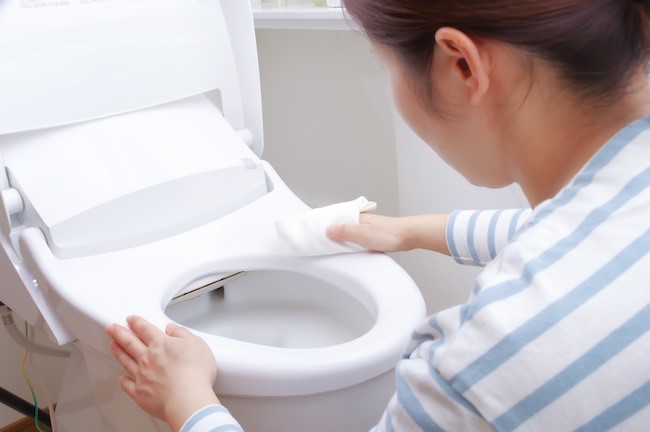
While simple cleaning of the bidet nozzle may not be enough, as other parts gradually accumulate dirt, it is necessary to clean the entire bidet toilet seat regularly.
This cleaning process involves quite extensive work, so it is important to carefully read the removal instructions provided in the user manual. If you are feeling uncertain, it's advisable to leave it to a professional.
1. Shut off the water supply and drain the tank
Start by unplugging the bidet's plug. Use a screwdriver to shut off the water supply valve and drain the water from the tank. Turn it to the right until it stops. Pull the lever to drain the water from the tank and ensure that the water stops flowing.
2. Unplug the power plug and remove the bidet toilet seat
Next, Unplug the power plug and remove the bidet toilet seat. Some toilets have buttons that allow you to remove the seat and lid with just one press.
If there is a button, press it and slide the seat forward while holding the button. If there is no button, loosen the nut on the water shut-off valve and remove the hose fitting. Remove the nuts from the back of the seat and lift the seat off.
This is quite a substantial task, so if you are unsure, it's recommended to leave it to a professional. Keep the removed parts safely to avoid misplacement.
3. Clean the backside and other parts
Once the seat is removed, clean the backside. Use a toilet neutral detergent and cleaning wipes to remove dirt. For stubborn dirt, soak kitchen paper towels in neutral detergent and leave them on for a while. Use cotton swabs for intricate parts. If the deodorizing filter is dirty, use a toothbrush to remove dirt. After cleaning, wipe with a damp cloth wrung tightly to remove detergent residue.
4. Reassemble
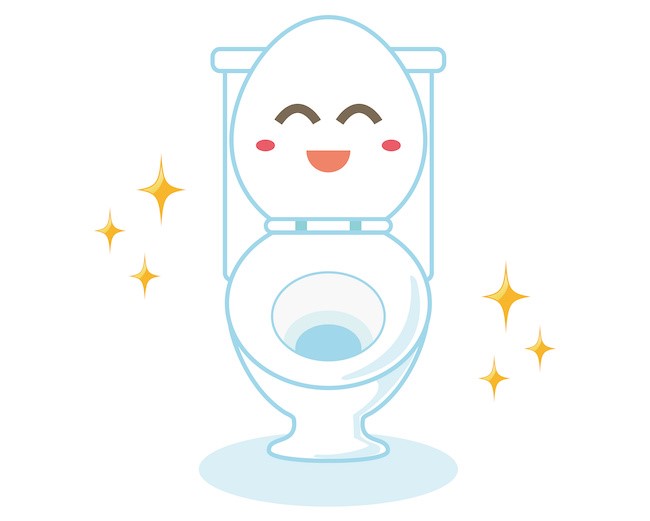
Finally, reassemble everything. If you have a button-removable seat, align it with the protrusions and press it back until it clicks. If you removed bolts, reinstall them in reverse order. Once everything is securely in place, open the water supply valve and plug in the bidet's plug.
Precautions for Cleaning a Washlet (Electric Bidet Toilet)
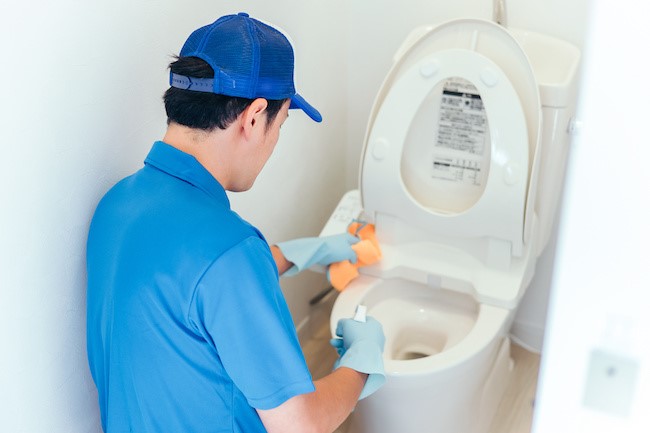
Use neutral detergent
When cleaning the washlet, be sure to use neutral detergent. You may feel tempted to use chlorine-based cleaners, especially for stubborn stains. However, some parts of the washlet are made of plastic, which can dissolve when exposed to chlorine-based detergents. Moreover, if chlorine-based detergent remains on the washlet nozzle, it may adhere to the skin or mucous membranes.
Alkaline detergents can also deform plastic, so it is best to use neutral detergents. If you use citric acid, avoid mixing it with chlorine-based detergents as it may produce harmful gases, leading to potential health issues.
Avoid water and detergent on electronic parts
Avoid spraying water or detergent on the electronic parts of the washlet. Be careful not to spray water or detergent onto the electronic parts of the washlet. It is okay to spray water on the nozzle itself. However, if water or detergent comes into contact with the electronic components of the washlet, it can cause malfunctions. Be cautious when handling to avoid the need to call a repair technician. Following these guidelines is crucial to avoid potential damage and ensure effective cleaning of the Japanese electric bidet toilet seat.
Would You Like to Hire Cleaning Services?
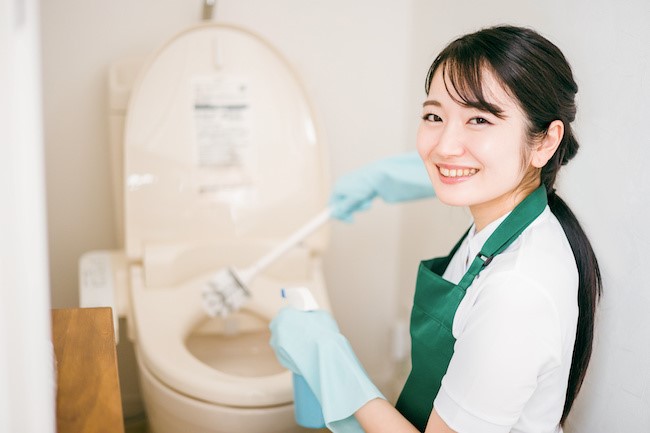
PINAY is currently running a highly attractive campaign for the first 30 customers each month. Upon contracting regular services (using the service at least once a week), you will receive a complimentary 2-hour trial cleaning valued at ¥5,000. Additionally, you will be eligible to receive a monthly ¥10,000 Amazon gift card for the first 3 months!
Furthermore, we have prepared exclusive benefits unique to PLAZA HOMES! If you subscribe to a regular plan (using the service once a week or more), we have a special offer that you can receive another ¥5,000 Amazon gift card as a gift! To receive this gift card, make sure to enter the referral code "PLA010" in the "Referral Code" field of the application form.

